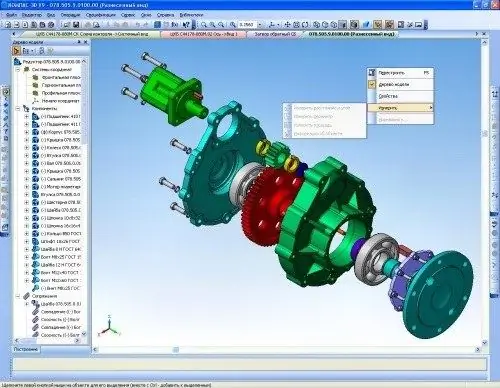When you uninstall Compass 3D, you often encounter problems with incomplete removal of installation files, which are then automatically launched when the operating system boots.

Necessary
Total Uninstall program
Instructions
Step 1
Uninstall Compass 3D using standard operating system utilities. To do this, open the Add / Remove Programs menu in the control panel and select the unnecessary one in the list that opens. Click on the item on the right "Delete" and uninstall following the instructions. If prompted, select uninstall with complete removal of user data and program folders.
Step 2
Delete all content related to the remote Compass 3D from the Program Files directory. Open the startup list in the Start menu and see if there is an installer. If there is, remove it using the context menu. Open your computer search, find files and folders named HASP, ASCON, KOMPAS. Delete them.
Step 3
Start the Registry Editor by opening the Run utility from the Start menu and typing Regedit into the line. A large window should appear on the screen, on the left side of which there will be a folder tree. Find in it records that contain HASP, ASCON, KOMPAS in their name. Use the Ctrl + F key combination to search the registry. Reboot your computer.
Step 4
If you do not have the skills to work with the Windows Registry Editor, download special programs to completely remove programs from your computer with a complete cleaning of registry entries. There are many such programs, one of the most effective is Total Uninstall.
Step 5
Also download some program to optimize your computer, which will periodically clean the operating system registry, delete unnecessary files left over after uninstallation, and so on. These files are usually invisible, but when they accumulate a lot, they can load the system and take up a large amount of hard disk space. Also, unnecessary entries in the registry often have a negative effect on system performance.






